The Art of Seeing: Classic Composition Rules for Travel Photography
Timeless composition techniques — from the rule of thirds to reflections — that help you tell stronger stories through travel photography.
- 4 min read

When you’re traveling, there’s so much you can’t control — the weather may change without warning, the light may not cooperate, and crowds often fill the very places you came to photograph. But one thing you always have in your hands is composition. How you arrange the elements in your frame can turn an ordinary scene into something memorable.
Composition is what gives a photo structure, balance, and focus. It’s what draws the eye and helps the image tell a story. Many of the so-called “rules” have roots in classical painting and design, passed down for centuries because they simply work. They remain especially useful today, not only for beginners but for anyone who wants to bring more clarity and intention into their travel photography.
Still, rules should never feel restrictive. I like to think of them as guidelines — foundations you can build on, bend, or even break once you understand them. What matters most is learning to see. With practice, these techniques become less about following instructions and more about developing your own way of noticing the world.
Here are a few of the most reliable composition tools you can take with you, wherever you go.
Rule of Thirds
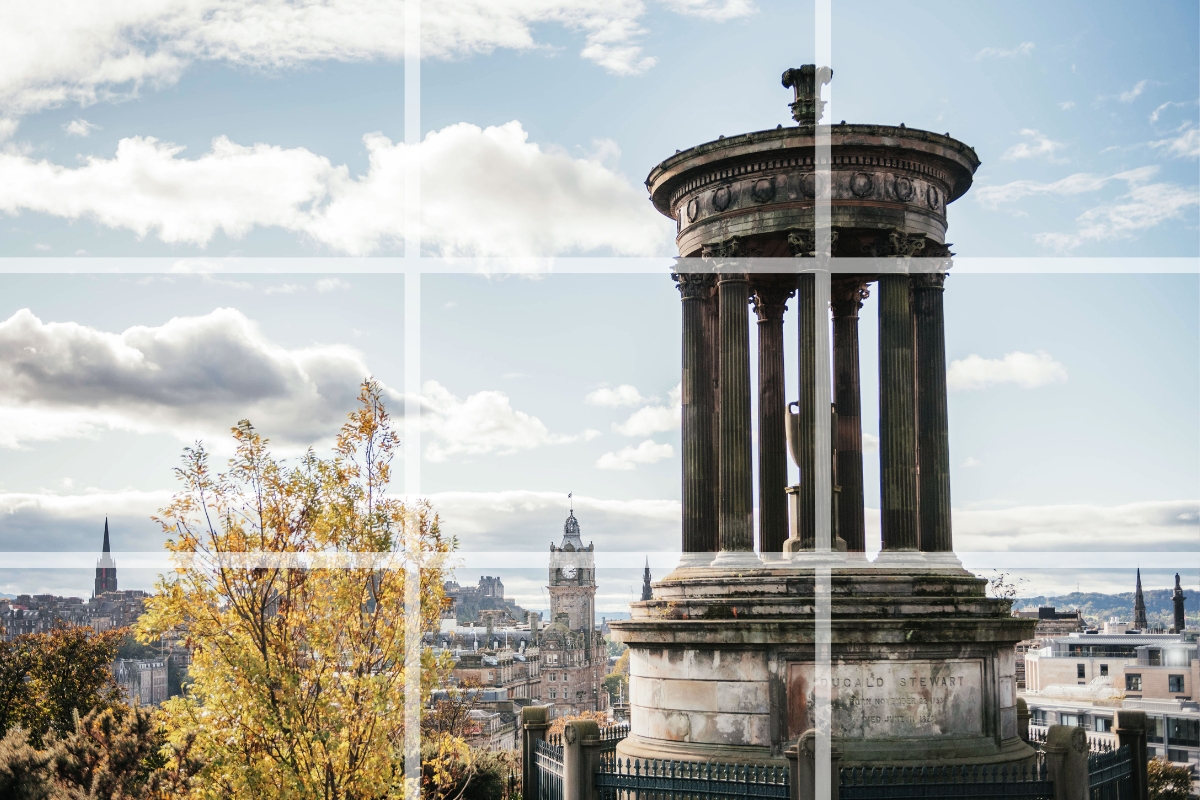
Dating back to 18th-century art theory, the rule of thirds divides an image into a 3×3 grid. Placing horizons, landmarks, or people along those lines or intersections makes a photo feel balanced without being static. In travel photography, it works beautifully for landscapes (sky vs. land), portraits off-center, or a street performer placed to one side.
Tip: Many cameras and phones let you overlay a thirds grid — switch it on and use it to train your eye.
Framing

Artists have used framing for centuries, often painting archways or window views to direct attention inward. In photography, you can do the same: use doorways, trees, or even a row of market stalls to create a “frame within the frame.” This adds depth, context, and a sense of discovery, as if the viewer is peeking into the scene.
Tip: Look for natural frames at heritage sites or old towns — arches, cloisters, or shaded alleyways work especially well.
Symmetry
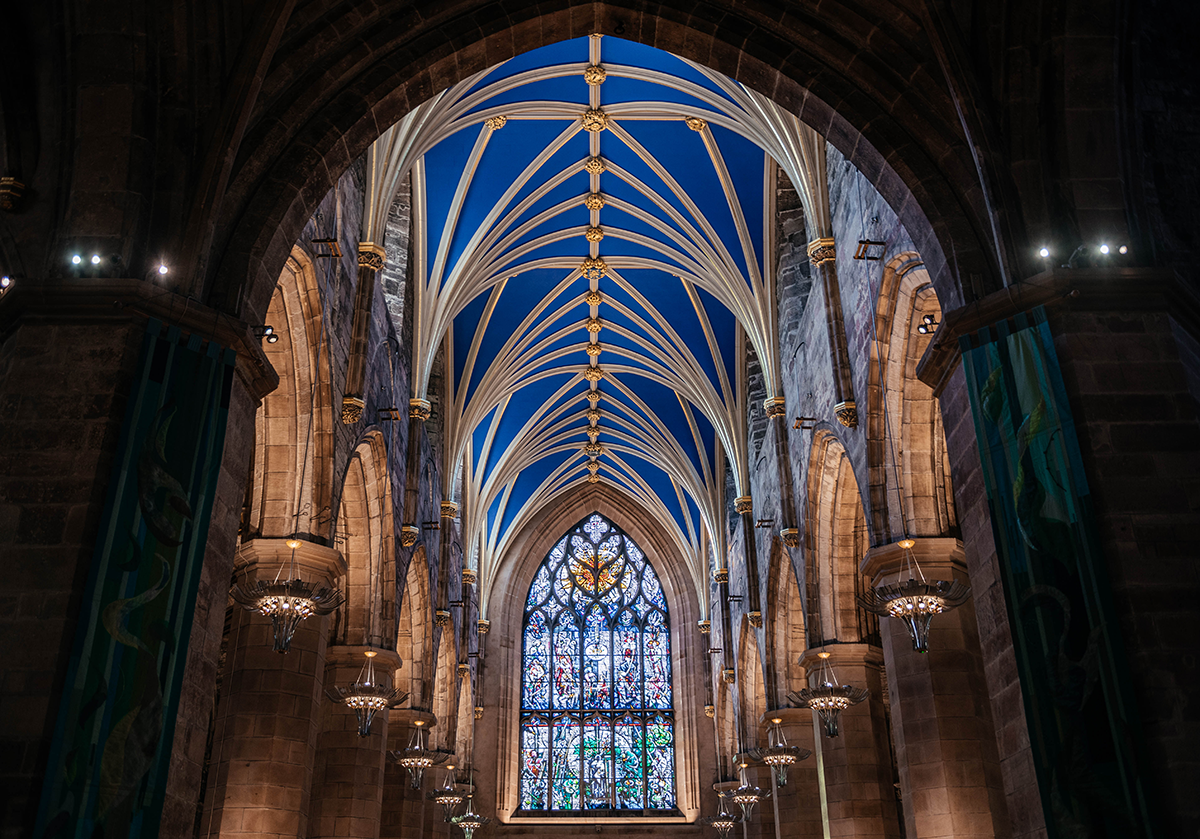
Symmetry has fascinated artists since classical times, from Greek temples to Islamic mosaics. In photography, symmetrical shots feel calm, formal, and powerful. Think of a perfectly aligned palace facade, a straight canal, or a mirrored skyline.
Tip: Stand exactly at the center point when shooting architecture or plazas — even a slight tilt can spoil the symmetry.
Reflections
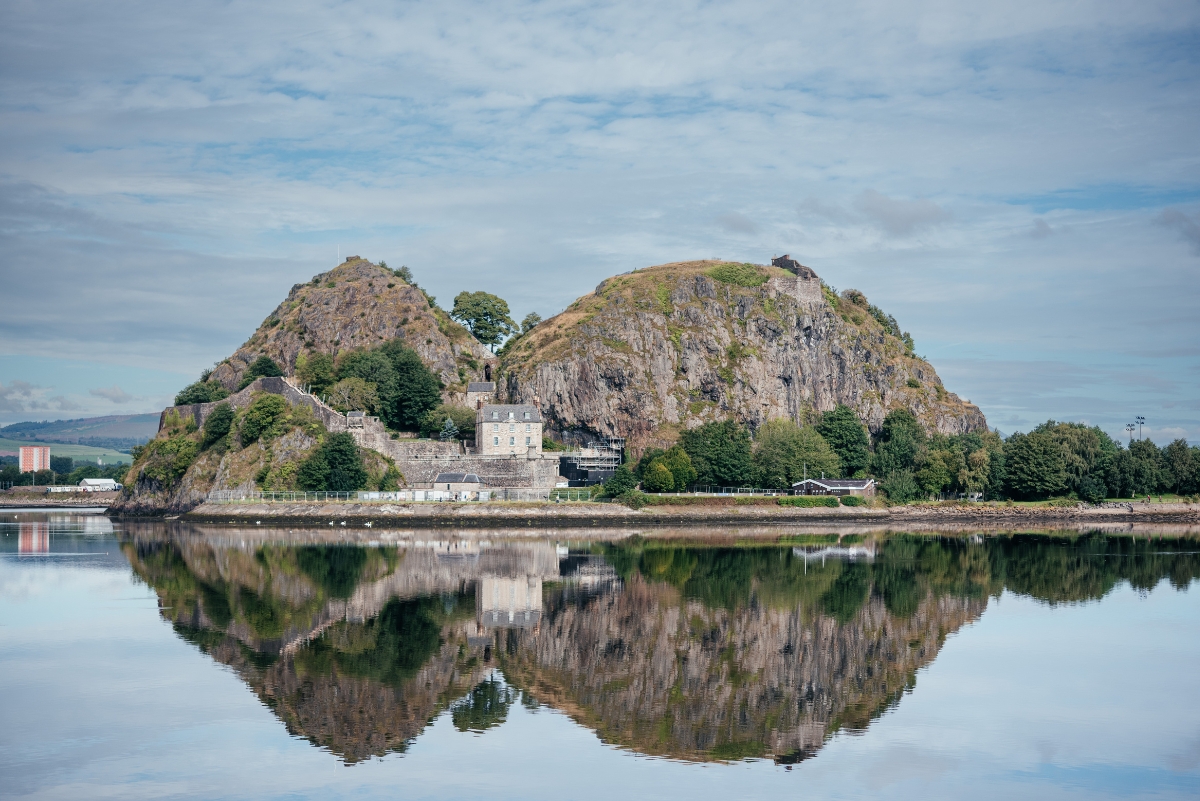
From painters capturing reflections on water to modern glass architecture, reflections have long doubled visual interest. They create balance, depth, and often a touch of surprise. Lakes, rivers, wet streets, or shiny shop windows can all act as mirrors for your subject.
Tip: Get low to the ground for stronger reflections — puddles can turn ordinary streets into striking compositions.
Leading Lines
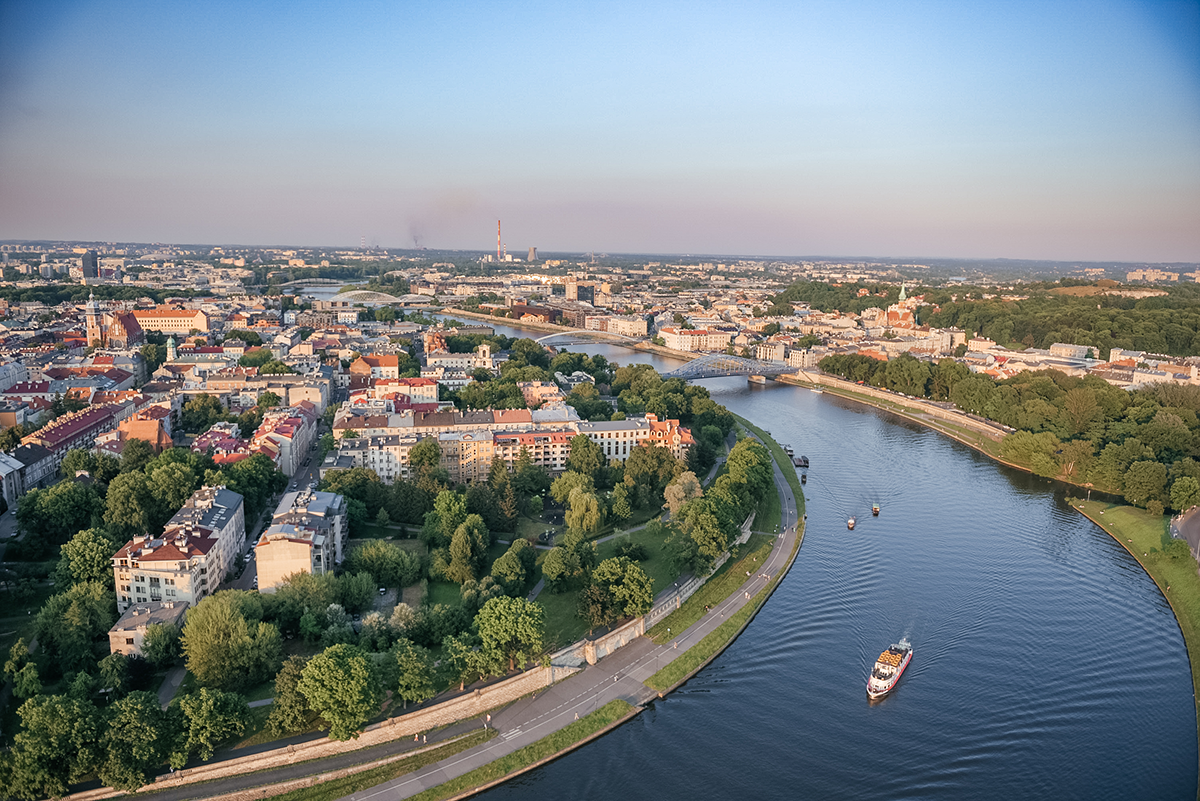
Renaissance painters often used perspective lines to guide the eye toward a focal point. In photography, roads, bridges, fences, rivers, or even shadows serve as leading lines, drawing viewers through the frame. They add direction and a sense of journey, which fits perfectly with travel storytelling.
Tip: Place the lines so they guide the viewer into the scene, not out of it. Converging lines toward a landmark or mountain peak are especially powerful.
Foreground and Depth

Great travel photos often feel immersive. By adding an element in the foreground — a flower, cobblestone, or café chair — you create layers that lead the eye into the background. This echoes techniques from landscape painting, where artists built depth by arranging near, middle, and far planes.
Tip: Wide-angle lenses exaggerate depth. Get close to your foreground subject to make it pop against the scene behind.
Textures and Patterns
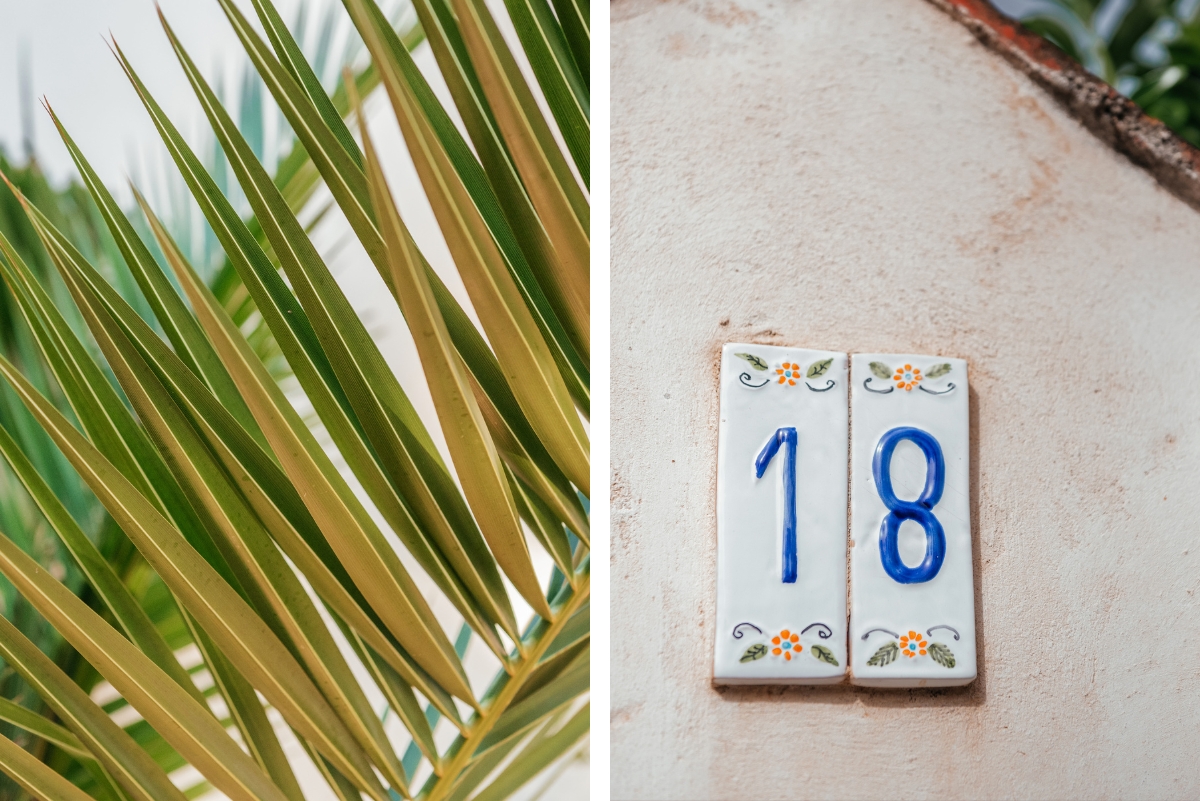
Textures and repeating patterns have fascinated artists since ancient times, from woven fabrics to tiled courtyards. In photography, patterns can fill the frame for an abstract feel, or break unexpectedly to highlight a subject. Travel is full of them: tiled domes, fishing nets, rippling sand, or stacked fruit in a market.
Tip: Shoot straight on for regular patterns, or at an angle to emphasize texture with light and shadow.
Final Thoughts
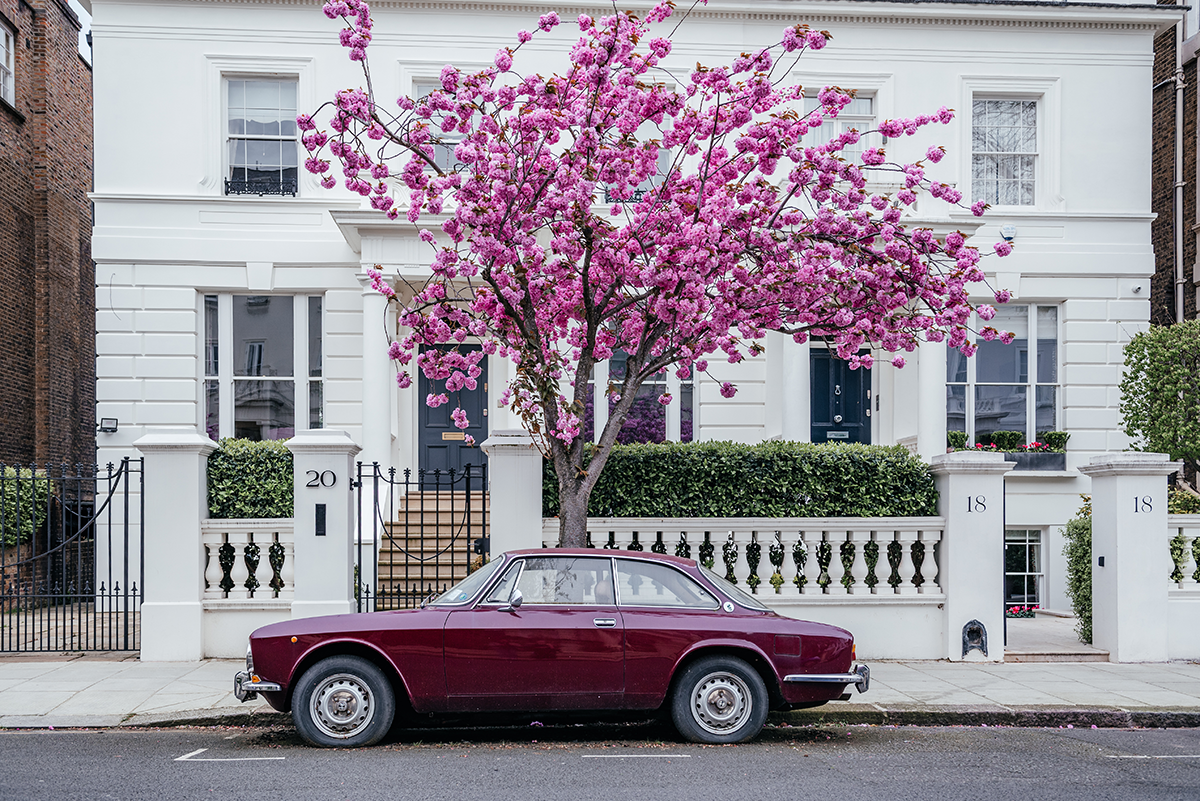
These composition rules are not rigid instructions but starting points. They help you notice structure, balance, and storytelling opportunities even in ordinary streets. With practice, you’ll catch yourself framing blossoms around a parked car, aligning symmetry in old university gates, or spotting reflections after rain — often without thinking.
Good composition turns everyday scenes into memorable photographs. And when you’re traveling, that’s the difference between simply recording what you saw and capturing the character and charm of a place.